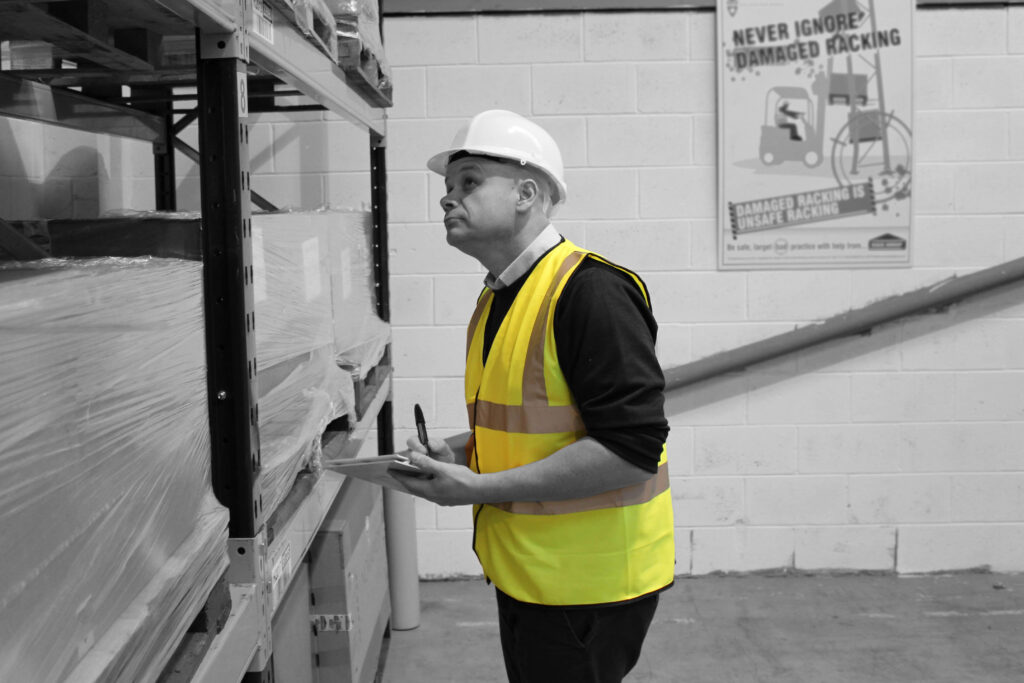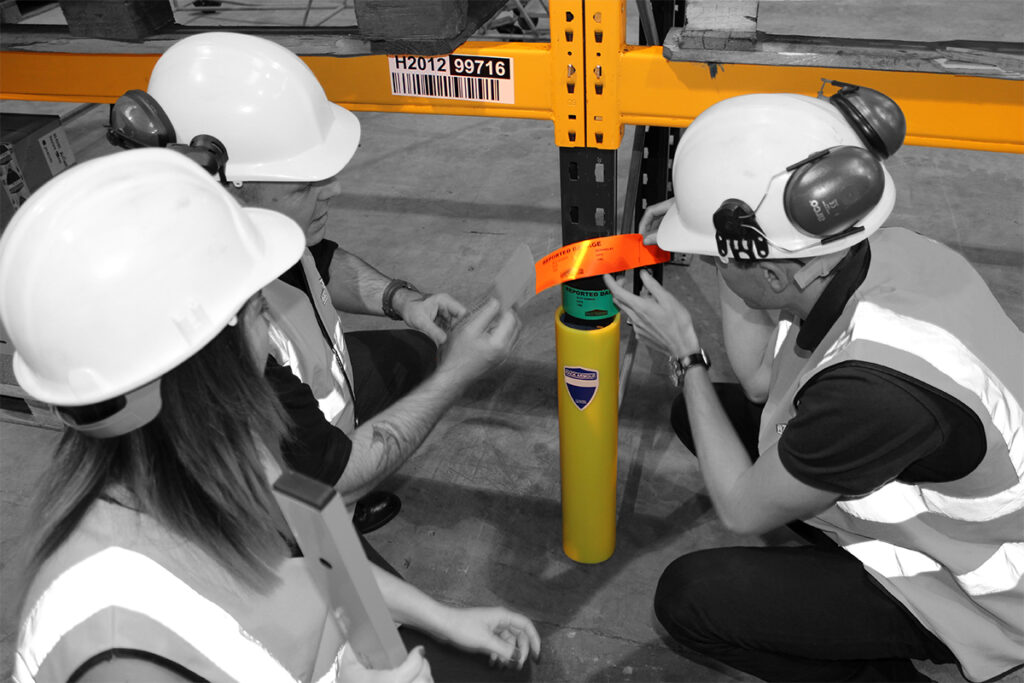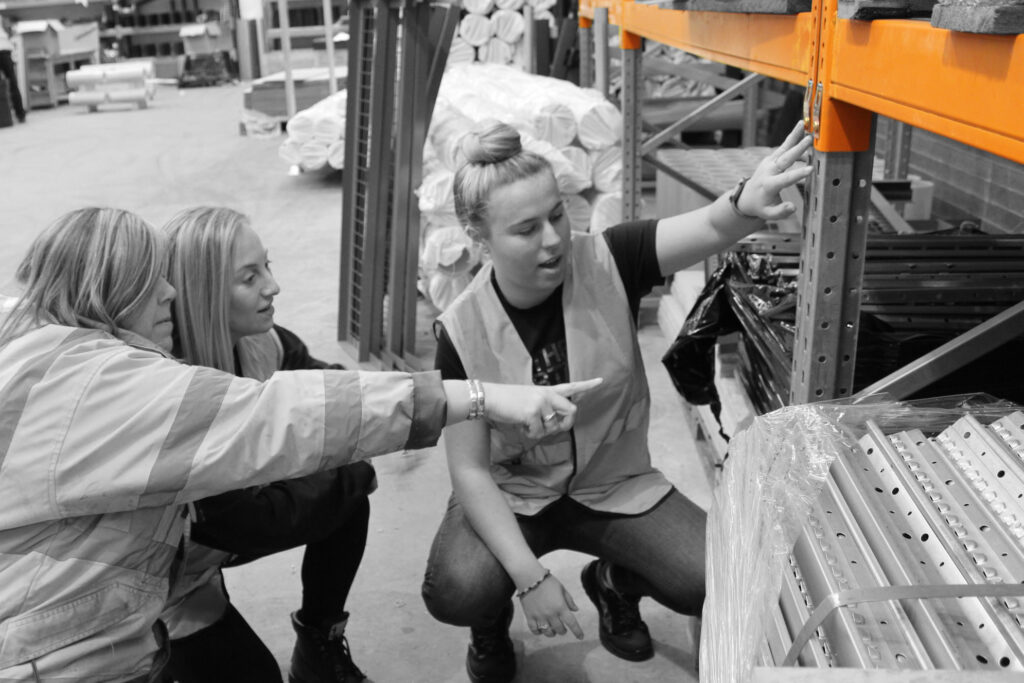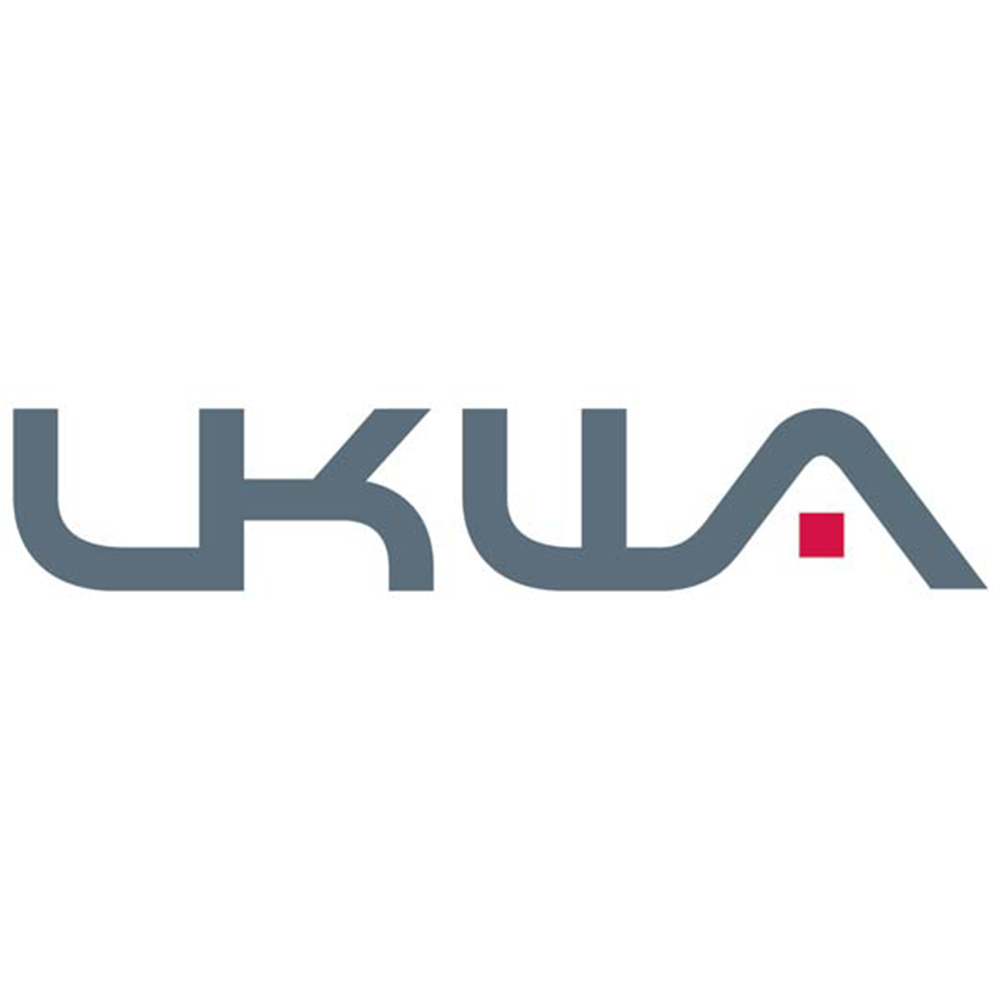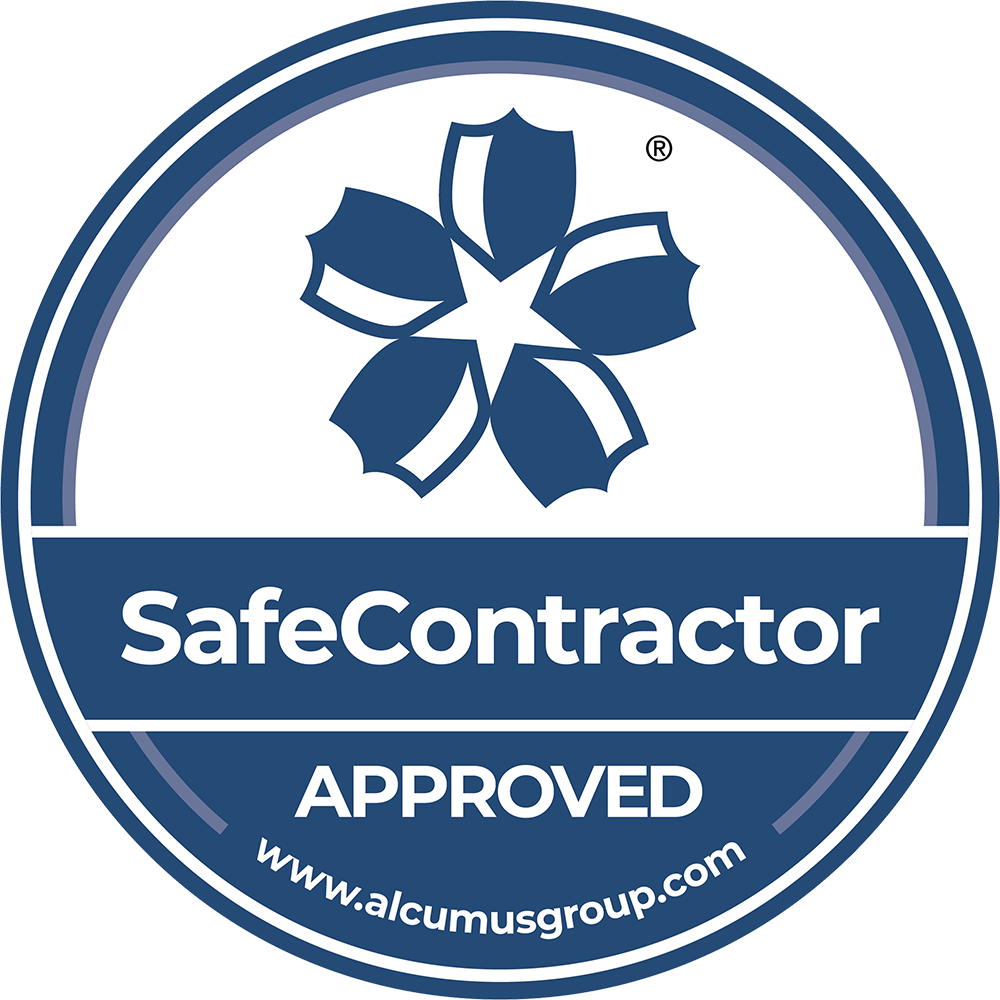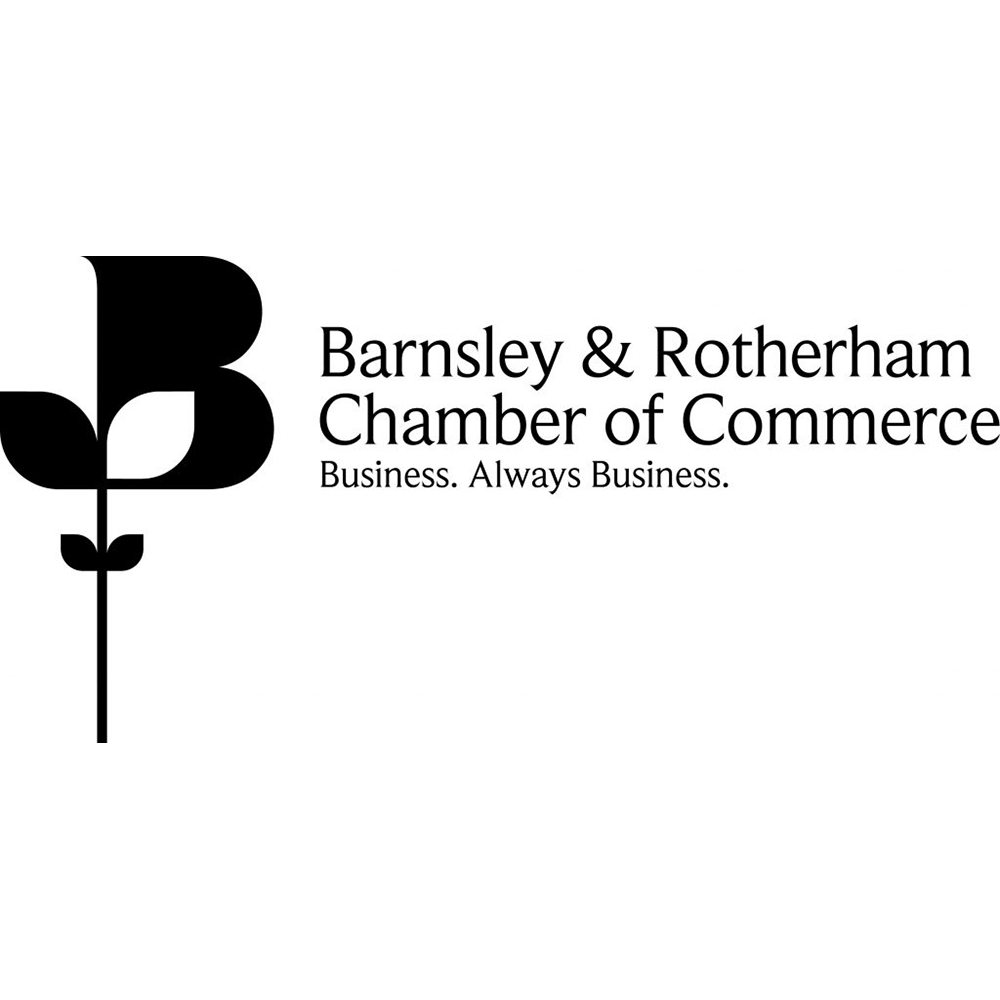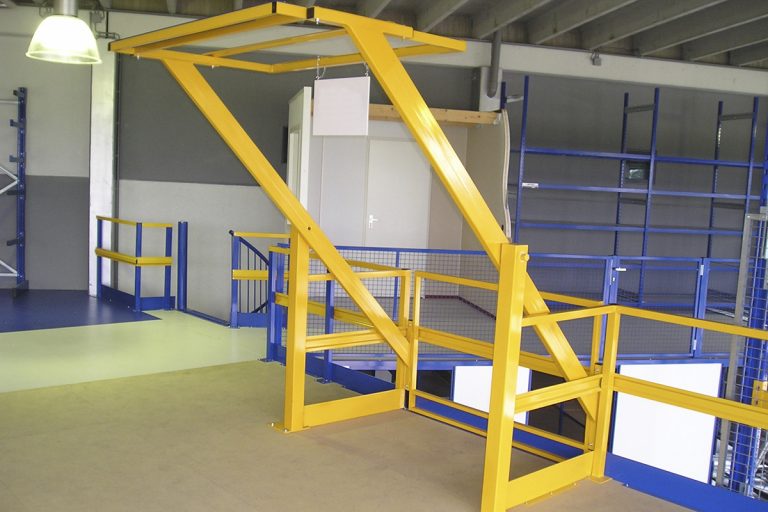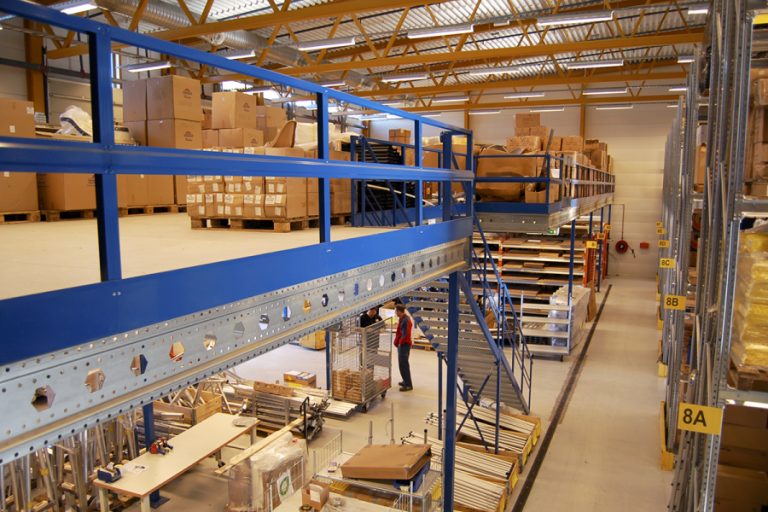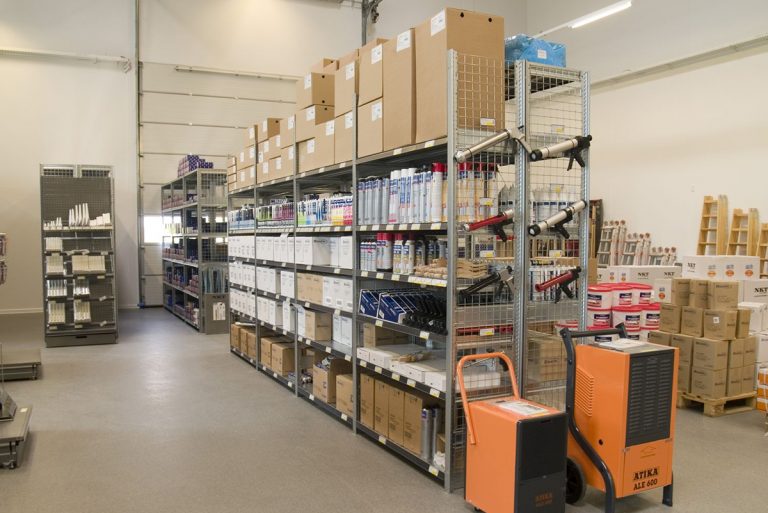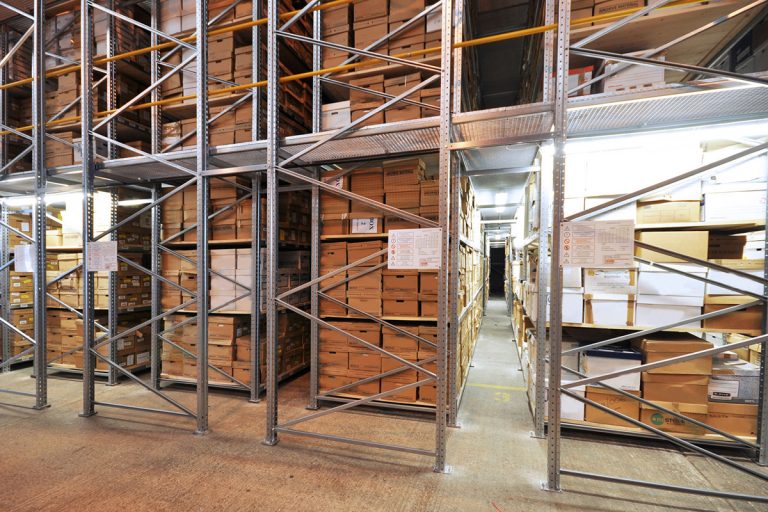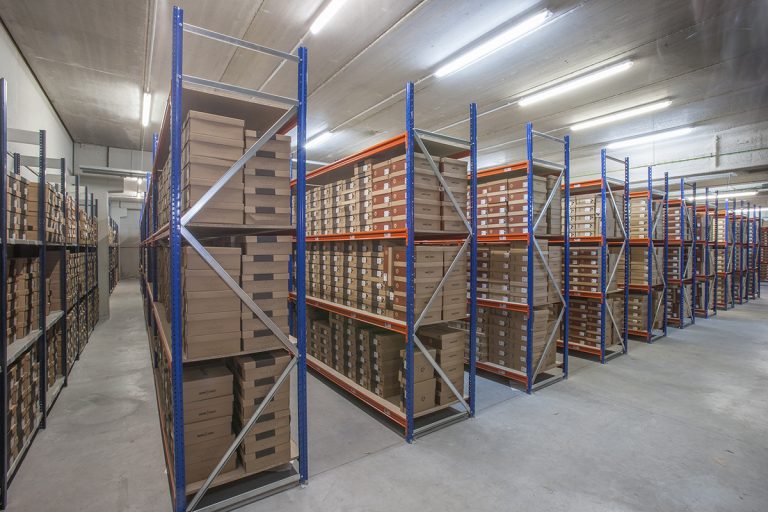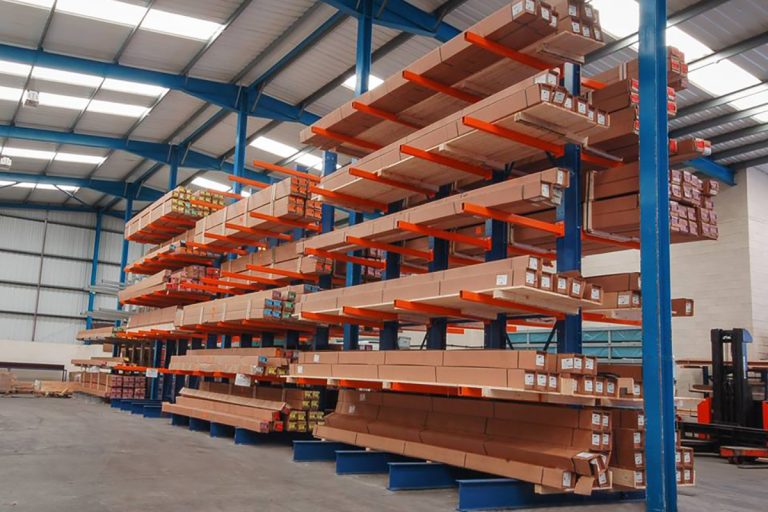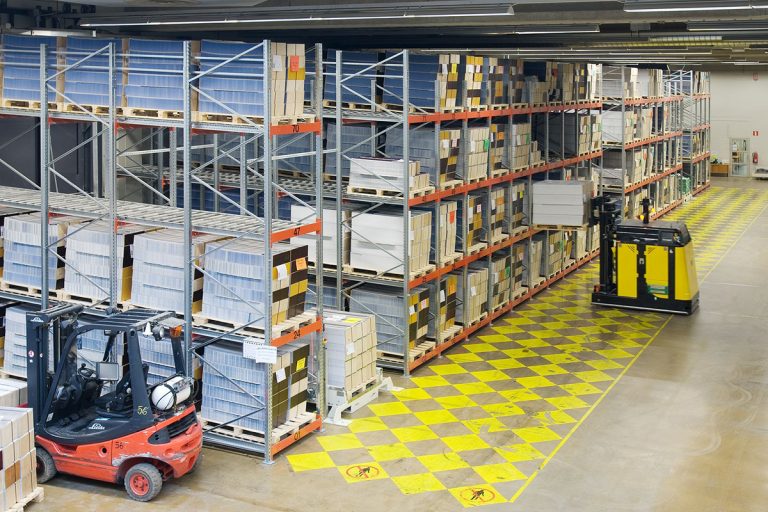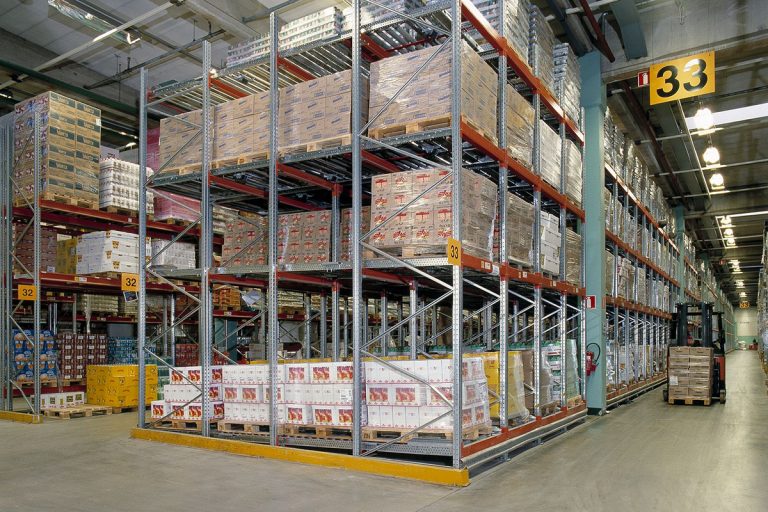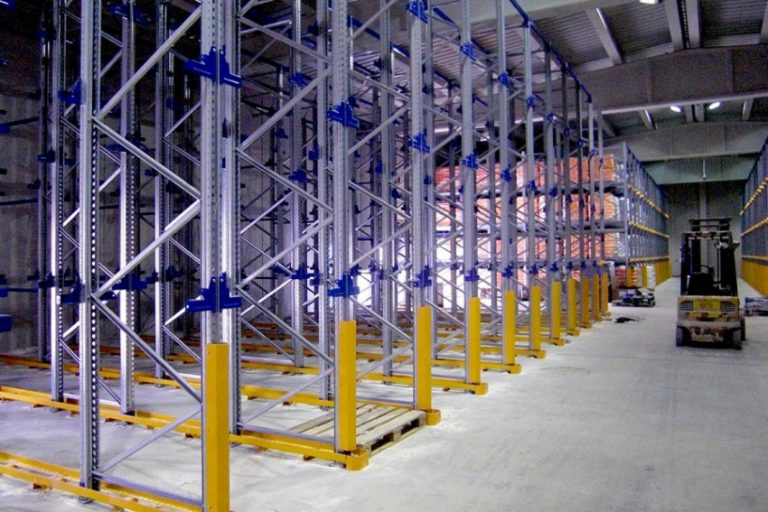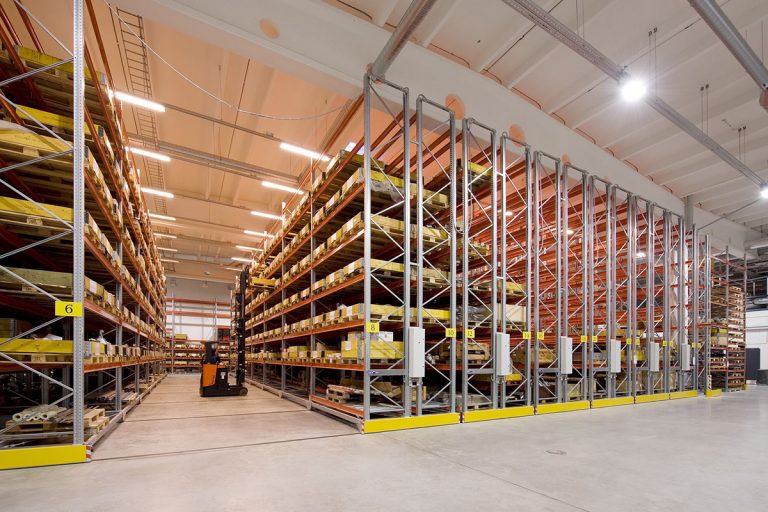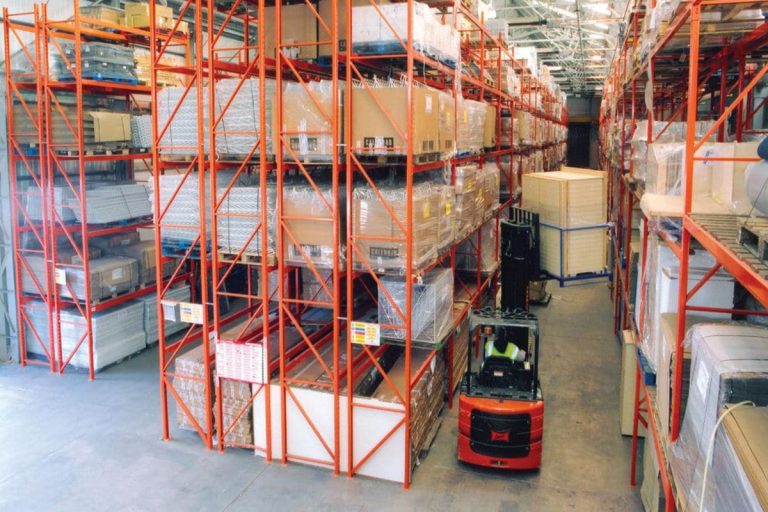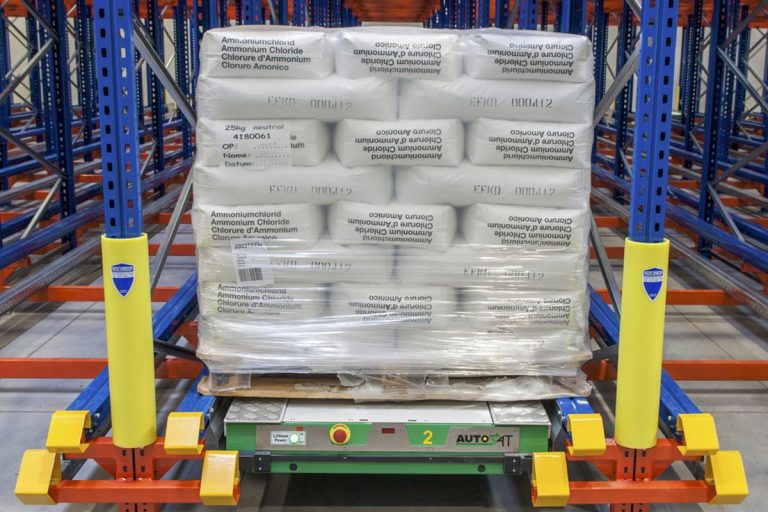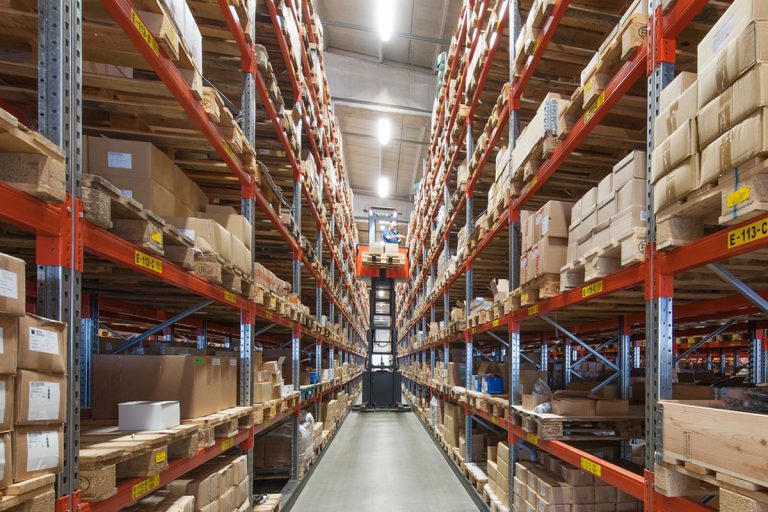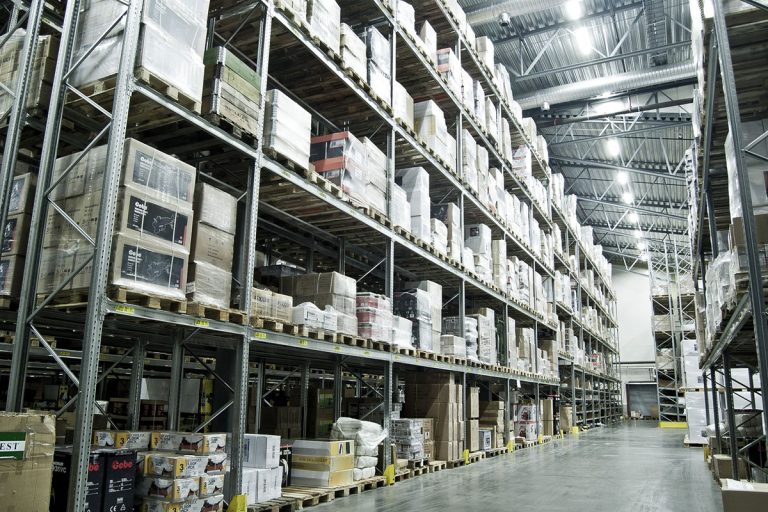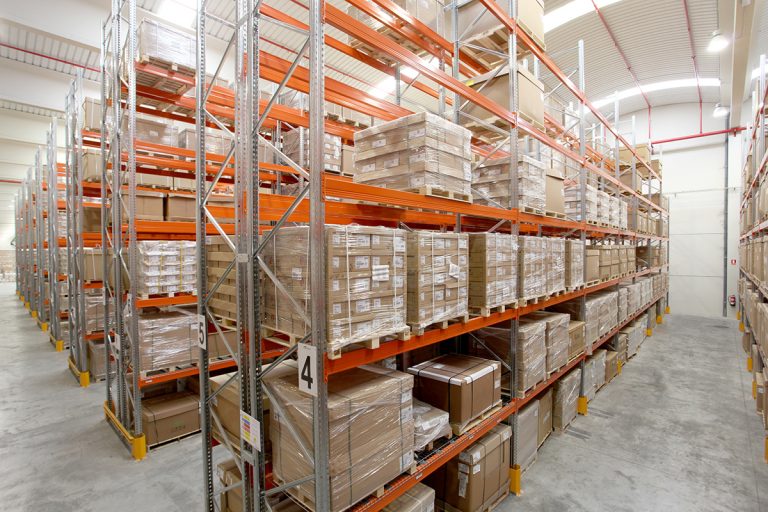We often get asked by employers if they need to have an annual racking inspection conducted by a third party expert.
The short answer?
Yes (if you want to comply with the regulation).
The long answer?
Buckle up! This is where we get technical.
Below we have highlighted some key extracts from UK guidelines and legislation. It is by no means exhaustive, and as with all legal guidance, we always recommend employers seek a legal professional for any concerns or advice.
The legal requirement for work equipment inspection (including storage equipment) is established primarily under The Provision and Use of Work Equipment (PUWER) 1998.
Regulation 6 - Inspection
(1) Every employer shall ensure that, where the safety of work equipment depends on the installation conditions, it is inspected –
(a) after installation and before being put into service for the first time; or
(b) after assembly at a new site or in a new location, to ensure that it has been installed correctly and is safe to operate.
(2) Every employer shall ensure that work equipment exposed to conditions causing deterioration which is liable to result in dangerous situations is inspected –
(a) at suitable intervals; and
(b) each time that exceptional circumstances which are liable to jeopardise the safety of the work equipment have occurred, to ensure that health and safety conditions are maintained and that any deterioration can be detected and remedied in good time.
But wait, there's more
"I asked about annual inspections" we hear you cry.
The Health and Safety Executive (HSE 76) gives the following guidance:
‘Expert’ inspections
646 A technically competent person should carry out inspections at intervals of not more than 12 months. A written report should be submitted to the PRRS (person responsible for racking safety) with observations and proposals for any action necessary.
647 A technically competent person might be a trained specialist within an organisation, a specialist from the rack supplier, or an independent qualified rack inspector.
(Source: HSG (76) Warehousing and Storage, A Guide to Health and Safety, Second Edition 2007)
Note: a trained specialist within an organisation would be someone with an appropriate qualification. Typically, a one or two day rack safety awareness course may not give the level of competence to define an individual as a 'trained specialist'.
To summarise
If you skimmed over that (no judgement!), the key things to know is that racking should be inspected:
- When you install it
- If you move it
- At regular intervals
- Every time something jeopardises it's safety (e.g. a forklift truck reversing into it)
- At least once a year by a technically competent person
Regularly inspecting your racking not only ensures you stay legally compliant, but also ensures any safety risks are picked up pronto. Identifying (and rectifying) damage as it happens means you reduce the risk of racking collapse, damage to your property, and serious injury to your staff.
There's also a financial risk. The HSE could fine an employer if it is evident they have not taken the necessary steps to adhere to these guidelines.
The Rack Group difference
All Rack Group inspections are carried out by competent inspectors. Either by a SARI (SEMA Approved Racking Inspector) or someone with a nationally recognised qualification.
We also have:
- Ongoing in-house training for our inspectors
- Reporting software that ensures all areas that are required (i.e. not just a damage inspection) are commented on as required in EN15635 (and SEMA)
- An in-house Quality Assurance engineer who audits a selection of reports
- Easy to understand reports that are tailored to each client
We conduct inspections across the UK and Ireland, offering a range of inspections to suit all requirements at competitive rates.

